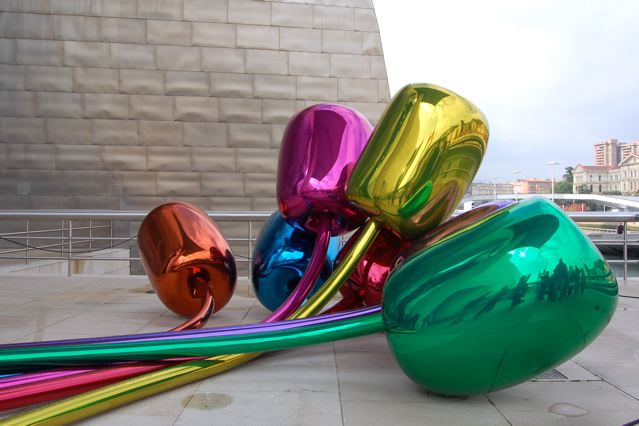
The transferal of Birdsong from book to stage was worrying me long before I got to the theatre. How would it, indeed how could it, match up to the book or the TV production?
I loved Sebastian Faulk’s book which followed the character of Stephen Wraysford through the first world war, describing so well the horror of war and and the pain and passion of falling in love during turbulent times. Faulk’s writes compassionately and conveys with brutal honestly the wretchedness and mind-blowing monotony of life in the trenches and the brain-freeze horror of working as a ‘sewer-rat’ underground.
While reading the book we have time to absorb the detailed information, to picture the scenes, consider the raw emotions of the soldiers and the friends and family left behind. And we need this luxury of time because this is a book with many levels and dimensions - at 503 pages long it covers many years and 3 generations.
Faulks says himself, “It is a very novelistic book, using many literary devices and written with no thought for dramatic or cinematic adaptation.”
Despite his reservations as to how it would transfer to live theatre, he gave permission to Rachel Wagstaff to write the stage adaptation and it was performed in the West End under the direction of Trevor Nunn in 2010/11.
So I sat in Guildford’s Yvonne Arnaud theatre and waited with baited breath for the Original Theatre Company production, trying not to concern myself too much with “how will they fit it all in?!”
The set, designed by Victoria Spearing is effective - crumbling walls, the mouth of the dreaded tunnel and a high backdrop with silhouettes of crosses and barbed wire against a pale blue sky. Scenes in the trenches are alternated with scenes at the home of Wraysford’s lover, Isabelle, and this is where it begins to trip up. As family members from one scene leave the stage, soldiers bounce on from the other side - they all seem too interwoven when the whole point is that they are worlds apart. I had trouble at times knowing when one scene ended and another began.
I presume this method was used because there was just so much story to pack in. The action at times veritably raced along. Despte this, the first act was 1.5 hours long, and yet I still felt we’d only just touched the surface of the characters.
That’s not to say the actors didn’t work their socks off to do a good job. Jonathan Smith was congenial and endearing as Wraysford and Tim Treloar was fiercely stoical as Firebrace. The camaraderie through adversity of the soldiers was tenderly portrayed, and the horrors they faced together were dramatised as well as can be done on stage.
There are some lovely musical moments, so all praise to musical director Tim Van Eyken, and the lighting is sensitive and effective. Everything runs well and to plan.
But where was the intensity of love that made the book 13th in Britain’s Favourite Read? Wraysford’s almost obsessive desire for isabelle is so well conveyed in the book, that it becomes a love story we remember for years to come. In the play, an almost balletic sequence is used to bring across the joy of Wraysford and Isabelle finally making love, and yes, there was some beauty to it, but it seemed so out of kilter in an otherwise straightforward play.
I hate to sound harsh - putting Birdsong on the stage is a massive challenge and I take my hat off to Rachel Wagstaff for tackling it. If you haven’t read and loved the book and hence don’t feel tempted to make comparisons, you'll enjoy this busy, confident production that portrays the love, courage and sacrifice of the first world war.
Birdsong is at the Yvonne Arnaud until Saturday March 3 and then touring. Visit www.Birdsongthetour.com

No comments:
Post a Comment